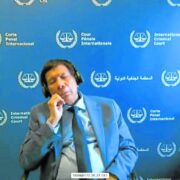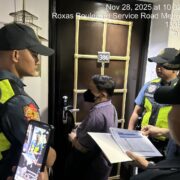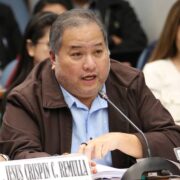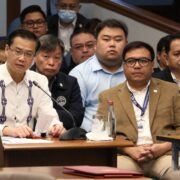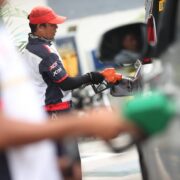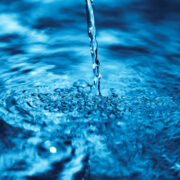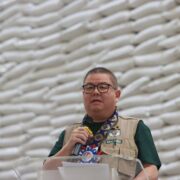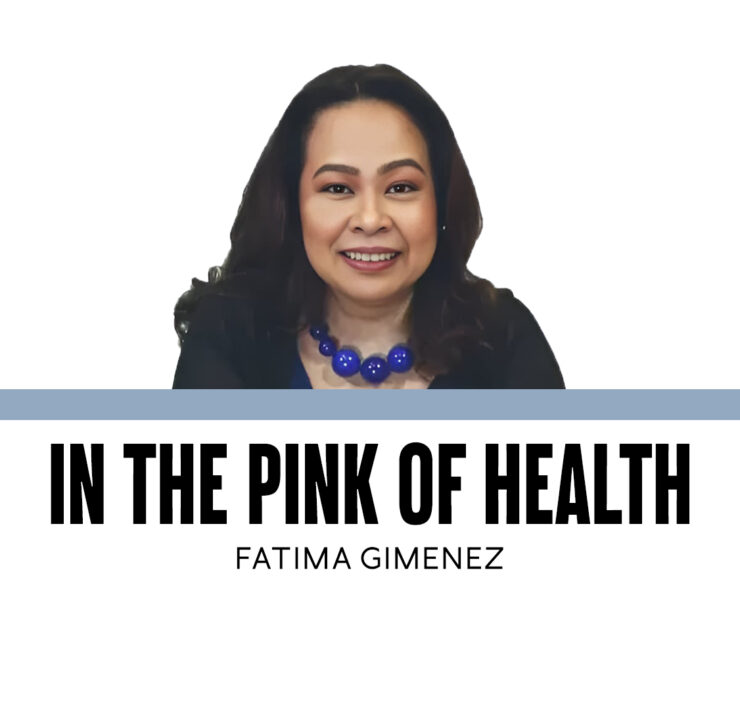Out of harm’s way
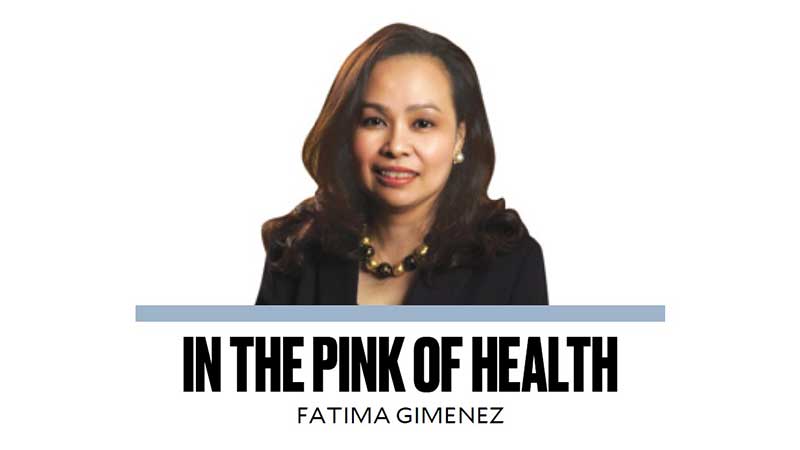
Happy New Year, Doktora!”
The cheerful greeting had come from a guard who, after catching my eye, gave a snappy salute and a pained smile, after which he hobbled toward my side to ensure that I wouldn’t slip on the inclined ramp leading to the driveway. Obtaining a brief history, I learned that he had sustained a wound on his big toe after having his nails cleaned. On physical examination, all the signs of inflammation were present: rubor, calor, tumor, and dolor, which when translated would mean redness, heat, swelling, and pain, respectively. Letting him know that he had an ongoing infection that necessitated antibiotic treatment, I inquired if he was taking anything. He proudly shared that he was getting by by applying hot water on the affected toe. After a quick trip to the pharmacy, I proceeded to give him instructions with reminders to let me know by Monday if there was any improvement. Satisfied that he understood, I walked away, only to retrace my steps, as I had forgotten to ask if he had any allergies, and advised him to stop the medication in the event of any untoward reaction. To my surprise, he replied that this was the first time in his 31 years of existence that he was taking an antibiotic.Discussing this with an older colleague over dinner, he reminded me of individuals who have never seen or consulted a physician because of fear, unfounded mistrust, or inability to pay, and how some patients would still opt to resort to traditional or unconventional practices to resolve their medical concerns. To list a few from an animated exchange: applying breastmilk to treat viral conjunctivitis or “sore eyes,” using a clove of garlic to treat ear pain, applying a coin on top of the bellybutton to reduce umbilical hernia, applying a raw egg over scald burns, applying toothpaste to pimples, hastening the course of roseola commonly known as baby measles by smoking out cracked eggshells, and something which you may have gotten acquainted with during the pandemic, the use of “tuob” or steam inhalation for fever and respiratory ailments.
These experiences have not only sparked sporadic feelings of disbelief but, having witnessed complications for what might have been minor ailments, never fails to bring back the somber reality of how amiss we have been, overall, in providing needed health education to the general public. However, in keeping with the resolution to remain hopeful, let me stop here to remind you that the guard has managed to sail and live through three decades.
Self-care. The World Health Organization (WHO) website defines self-care as the “ability of individuals, families, and communities to promote health, prevent disease, maintain health and cope with illness and disability with or without the support of a health worker.” To further educate myself and coming from a place of embarrassment to have unconsciously maintained such a selective, superficial, and incorrect definition in my mind made me determined to search available literature. Fortunately, I came across a paper written by Dr. Manuel Dayrit and colleagues on local self-care practices amongst the general population which included indigenous groups. The search was limited to studies published from 1987-2021 that addressed acute conditions namely respiratory ailments specifically cough, colds and allergic rhinitis, low back pain, gastrointestinal concerns such as diarrhea and constipation, and even stress. Interventions identified were the use and misuse of antibiotics, prescription sharing, employment of traditional and complementary medicine such as herbal plants and supplements, engaging in recreational activities, and consulting traditional and health-care practitioners. The latter was dependent on several factors, some of which included an individual’s perception of the severity of the disease, deeply rooted beliefs, convenience, and cost.
Reading through the findings of both safe and unsafe practices which are not exclusive to our country exposes the gaps in a fractured health system, and, if we are to seriously work toward achieving universal health care which is inevitable, we need to explore how we can better promote self-care by creating structured and doable solutions, beginning with grassroots education and investing, as the writers had pointed out, in needed research that would ultimately help empower more individuals to take charge of their well-being. Time and again, I have mentioned how blessed we are in terms of natural and human resources and the review repeatedly reintroduced me to the richness and a better appreciation of our culture.
The WHO mentioned that self-care is promoted through tools that are evidence-based such as diagnostics and the use of medicines. While understanding the reason why it is a necessity, as nothing beats science, pondering on how we have all managed to survive, and having no explanation on just how some concerns just ultimately have a favorable outcome, all I can do is look up and say a prayer of thanks for blessings bestowed.
—————-timgim_67@yahoo.com


